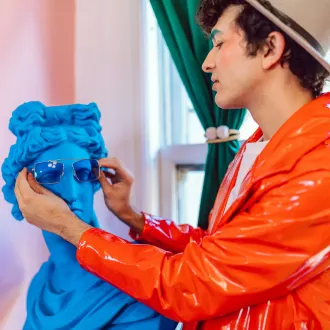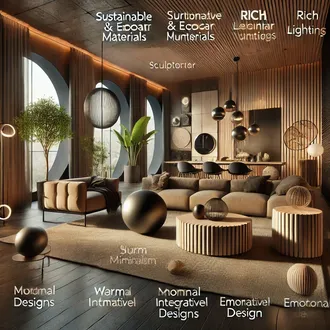Transcription Color characteristics
The knowledge and correct use of the attributes of color allow the decorator, among other things, to correctly describe the specific color recommended for a surface or object; to make mixtures of dyes and paints that meet the desired properties; and to use different colors and shades to achieve the proposed aesthetic effects.
Color has three main characteristics:
- The hue.
- The value or luminosity.
- The saturation.
The hue of color
The hue, colloquially called "color" is the quality by which colors are named and differentiated in their pure state: red, orange, yellow, and so on. It is a characteristic associated with the predominant wavelength in the mixture of light waves we perceive.
Closely related to the attribute of hue is tone, which is often used as a synonym, but in reality both concepts have a slight difference. For example: if we mix analogous colors (neighbors in the color circle) such as (yellow and orange) and (yellow and green) we will obtain yellow-yolk, and yellow-lemon, both share the same yellow hue, but have different tone, orange and green respectively.
When analogous colors (neighbors on the color circle) are mixed, harmonious shades are created, closely related to each other; however, when complementary colors are mixed (appearing in directly opposite places on the color circle), neutral shades are produced.
The value or luminosity of color
The color value is the degree of lightness or darkness of a color in relation to black and white. The lightness of a color can be increased by adding white and can be reduced by adding black; thus the more black a hue has the less light it is.
Colors with a high degree of luminosity (closer to white) reflect more light and are capable of generating more shades than tints. Within the chromatic circle, yellow is the color with the highest luminosity.
Low luminance colors (closer to black) reflect less light and are capable of generating more hues than tints. Within the chromatic circle, violet is the color with the lowest luminosity.
The proper management of color luminosity allows us to modify the spatial sensations of interiors. For example: a luminous color gives us the sensation of spaciousness; a less luminous color allows us to create a more intimate space; and the gradual change of the luminosity of the color, gives a sensation of continuity or contour to a space.
Color saturation
Saturation expresses the intensity of the color and its distance from gray, and is closely related to the purity of the color. The more pigment of the dominant hue is added to a color, the more its purity and saturation increases. To decrease the saturation of the color, gray is added to the color.
Saturated colors (such as the pure colors of the spectrum) are very dominant, so they are not recommended for large interior surfaces because they can produce a feeling of being overpowering.
color features




